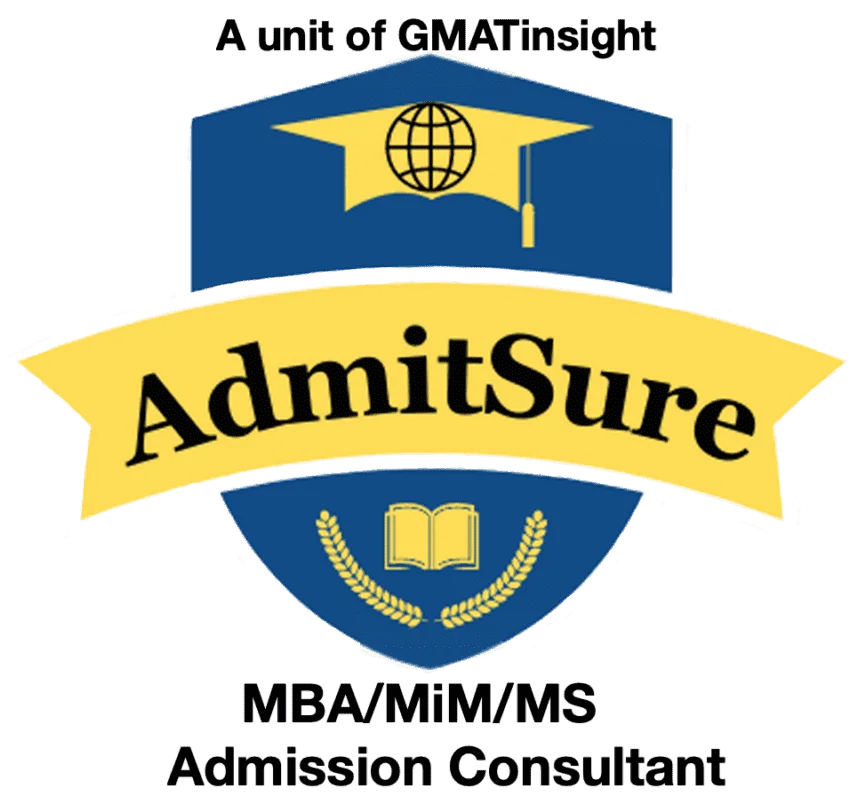Northwestern, Kellogg MBA
Rankings | Class Profile | Employment Report | Sample Essays | Interview Questions
Northwestern Kellogg MBA – Introduction
Kellogg has a strong degree portfolio including multiple options for full-time education including the traditional two-year MBA, one-year accelerated MBA, MMM (dual degree between Kellogg and Segal Design Institute at the McCormick School of Engineering and Applied Science), JD-MBA and MD-MBA. Kellogg’s program is highlighted by students gaining mastery in multiple disciplines, a truly customized curriculum, access to 37 exchange programs across 20 countries, and a top-rated career services and placement program. Kellogg boasts more than 120 student-led clubs and sending graduates to more than 500 companies worldwide.
Throughout the educational experience, students can take advantage of Kellogg’s world-renowned Career Management Center. The Center offers one-on-one coaching for students, job search resources and workshops, a job board with more than 5,000 annual listings, as well as extensive alumni connections. For more details Click Here…
Northwestern Kellogg MBA Rankings



| Class Profile Summary | |
| Class Size | 559 |
| Average GMAT Score | 727 |
| Average Work Experience (yrs.) | 5 years |
| Average Age (yrs.) | 27 years (24-35) |
| Employment Summary | |
| Average Salary | $144,410 |
| Average Bonus | $30,000 |
| % placed within 3 months | 92% |
| Tuition Fees Summary | |
| Total Tuition | $74,871 |
| Living Cost | $ 26,156 |
| Total Cost | $ 101,027 |
Kellogg MBA Class Profile 2022 (Click Here)
Kellogg MBA Employment report 2021 (Click Here)
| Deadlines | Applications |
| Round 1 | 15 Sept 2021 |
| Round 2 | 05 Jan 2022 |
| Round 3 | 06 April 2022 |
Kellogg MBA Application Tips
Essay 1: Kellogg’s purpose is to educate, equip and inspire brave leaders who create lasting value. Provide a recent example where you have demonstrated leadership and created value. What challenges did you face and what did you learn? (450 words)
First of all start jotting down all the successful experiences you had in life – big or small – whatever you think are significant achievements of your life. Most people fall back to professional experiences but it is strongly advised to go beyond professional stories. It may be easier to bucket and think across three areas – professional, extra-curriculars, personal. You led a sports team as captain, found an NGO, led a team towards a great vision, anywhere where you feel you have demonstrated significant leadership.
Then pick one story that is impactful, and the one that lets the reader know more about you than just the resume, and the ones that portray a wholesome balanced picture of who you are.
When illustrating examples, an easy method to follow is the STAR methodology. Situation → Task → Action → Result.
Start with describing the situation or problem at hand to give a background to the reader. Explain what was expected out of you to do and the consequence of the task. Explain how this difficult situation drove you to take certain initiatives or steps. Explain what challenges you faced in the course of taking certain actions. It is important to show what the outcome of the action was and what are the results that you obtained. Conclude by showing how WHY you consider this as your great leadership experience? What this experience has taught you and how has this experience shaped you as a better leader?
Essay 2: Values are what guide you in your life and work. What values are important to you and how have they influenced you? (450 words)
Identify two or three values that you hold in high regard. Please keep away from things such as hardworking, determined, good-old-school-kid themes. Instead talk of your passion for certain hobbies or you can pick values of social and communal importance such as environmental consciousness, veganism, gender equality, education for underprivileged etc. Then illustrate these values using supporting examples. Start jotting down all the successful experiences you had in life – big or small – whatever you think are significant achievements of your life. Most people fall back to professional experiences but it is strongly advised to go beyond professional stories. It may be easier to bucket and think across three areas – professional, extra-curriculars, personal. Pick one example in each of these buckets that resonates with the values you have identified.
Once you have these examples, an easy method to illustrate them is the STAR methodology. Situation → Task → Action → Result.
Start with describing the situation at hand to give a background to the reader. Explain what was expected out of you to do and the consequence of the task. Explain how these intrinsic values drove you to take up this activity or do certain actions. It is important to show what the outcome of the action was and what are the results that you obtained. Conclude by showing how this value will continue to drive you to pick similar things in the future.
